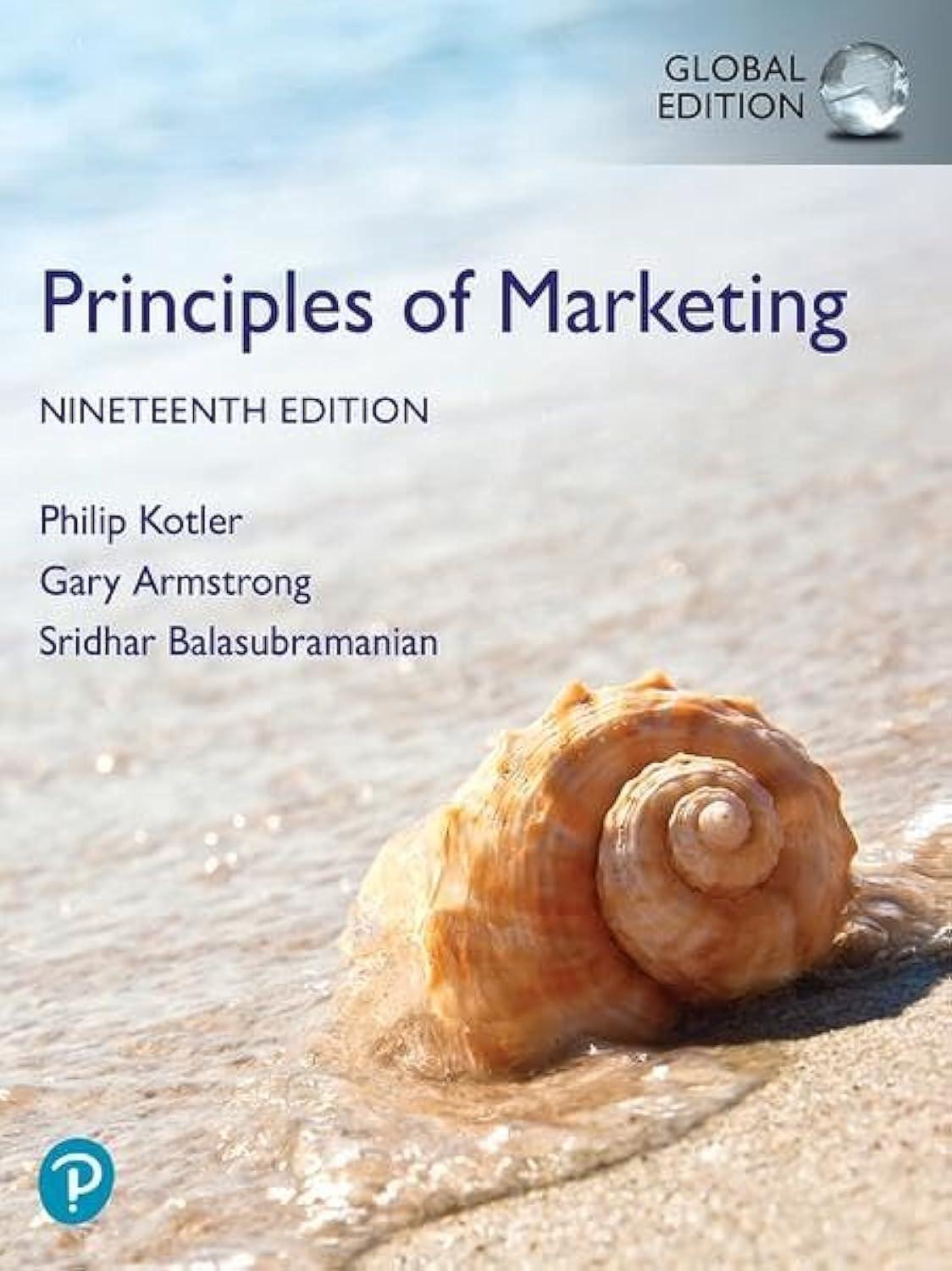The post-Prohibition three-tier system requires the separation of the production, distribution, and retailing of alcohol in most
Question:
The post-Prohibition "three-tier system" requires the separation of the production, distribution, and retailing of alcohol in most states. That was not a major issue for craft brewers during the explosive growth years, such as 2011-2015, when craft beers doubled their beer-market share and had trouble keeping up with demand. However, when craft beer volume through the three-tier system declined steadily from 2016-2020, craft brewers turned to direct distribution for growth. Adding direct distribution, mainly through operation of taprooms and brewpubs, results in approximately 4 percent volume growth. Taprooms are locations where consumers can buy beer, and brewpubs are restaurants with their own breweries. Taprooms account for almost 8 percent of all U.S. bar traffic. Small craft brewers are excited about this-they make higher margins selling direct compared to using an indirect channel of distributors and bars. A brewer's average cost per keg of craft beer is $70, and a keg sells to distributors for $120. The distributor then resells the keg to a bar for $150. Each keg serves about 100 14.5-ounce glasses, the amount typically poured into a 16-ounce glass at a bar to accommodate a foam head. Therefore, a bar's cost per glass of craft beer poured is approximately $1.50 per glass. The standard in the bar industry is to have 19 percent liquor cost, meaning 19 percent of the price to consumers represents the bar's cost of goods sold, leaving 81 percent for the bar's margin.
Calculate the price at which a bar will sell one 14.5-ounce glass of craft beer if the desired 81 percent margin is based on selling price. What is the bar's dollar markup on a glass of craft beer? Refer to Setting Price Based on External Factors in Appendix 2: Marketing by the Numbers to learn how to do this analysis.
Data from appendix
Whereas costs determine the price floor, Wise Domotics also must consider external factors when setting price. Wise Domotics does not have the final say concerning the final price of its product to consumers—retailers do. So it must start with its suggested retail price and work back. In doing so, Wise Domotics must consider the markups required by resellers that sell the product to consumers.
In general, a dollar markup is the difference between a company’s selling price for a product and its cost to manufacture or purchase it. For a retailer, then, the markup is the difference between the price it charges consumers and the cost the retailer must pay for the product. Thus, for any level of reseller:
![]()
Markups are usually expressed as a percentage, and there are two different ways to compute markups—on cost or on selling price:

Step by Step Answer:






